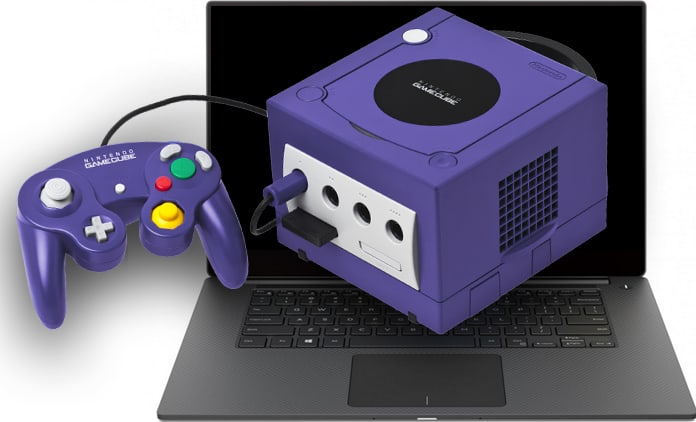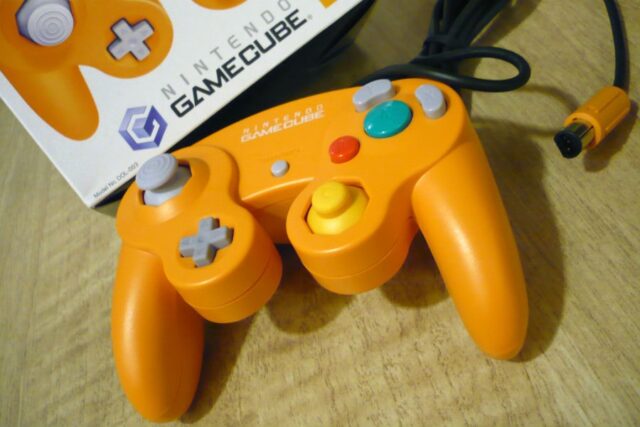

- #GAMECUBE EMULATOR MAC SYSTEM REQUIREMENTS HOW TO#
- #GAMECUBE EMULATOR MAC SYSTEM REQUIREMENTS MAC OS#
- #GAMECUBE EMULATOR MAC SYSTEM REQUIREMENTS UPDATE#
- #GAMECUBE EMULATOR MAC SYSTEM REQUIREMENTS FREE#
Click on the corresponding button or right click on a watch to browse the memory using the memory viewer. Boot a game again to solve this the watch list and scan will be retained during the unhooking.įinally, the program includes a memory viewer which shows a hexadecimal view and an ASCII view of the memory. This is likely caused by the emulation halting.

If the program unhooks itself from Dolphin, a read/write operation has failed. The watch list files are in JSON and can be edited in any text editor. Save and load a watch list to the disk by using the file menu. Once hooked, scans can be performed just like Cheat Engine as well as management of a watch list. If the hooking process is successful, the UI should be enabled, otherwise, click the hook button. Consequently, the presence of this extra memory affects what is considered a valid watch address, as well as what areas of memory the scanner will look though. Make sure that this program reports that the Wii-only extra memory is present for Wii games and absent for GameCube games.Įxclusive to the Wii, this is an extra region of memory added as part of the enhancements from the earlier GameCube hardware. Open Dolphin and start a game, then run this program. The compiled binaries should be appear in the directory named build. To build, simply run the following commands from the Source directory:
#GAMECUBE EMULATOR MAC SYSTEM REQUIREMENTS HOW TO#
Please refer to your distribution's documentation for specific instructions on how to install them. Please note that this will change the vcxproj file, so if you plan to submit a Pull Request, make sure to not stage this change. To use a different Windows SDK you'll need to select the it in the project properties window. The Windows SDK version 1.0 comes with the C++ Desktop Development Workload of Visual Studio 2017 - other versions may work but are untested. Select the build configuration and build it. Once complete, open the solution file Dolphin-memory-engine.sln located in the Source directory with Visual Studio. The files should appear at the Externals\Qt directory.
#GAMECUBE EMULATOR MAC SYSTEM REQUIREMENTS UPDATE#
The Windows SDK Version 9.0 (Windows 10 Fall Creators Update) is required*.īefore proceeding, ensure the Qt submodule is initialized by running git submodule update -init at the repository's root. This repository provides a solution file for Visual Studio 2015 and later. On Linux, installation of the Qt 5 package(s) is required.

#GAMECUBE EMULATOR MAC SYSTEM REQUIREMENTS FREE#
Additionally, at least 250 MB of free memory is required. As such, the system must meet Dolphin's system requirements. You need to have Dolphin running and have the emulation started for this program to be useful. Additionally, 32-bit x86 based systems are unsupported since Dolphin dropped their support.
#GAMECUBE EMULATOR MAC SYSTEM REQUIREMENTS MAC OS#
System requirementsĪny x86_64 based system should work, however, Mac OS is not supported. Qt 5 is used to help accomplish this.įor binary releases of this program, refer to the "releases" page on the Github repository. The GUI is aimed for convenience, without disrupting the performance of the emulation. The program's name is derived from Cheat Engine as a symbol for its goal. The primary goal is to make research, tool-assisted speedruns, and reverse engineering of GameCube & Wii games more convenient and easier than with the alternative solution, Cheat Engine. A RAM search program designed to search, track, and edit the emulated memory of the Dolphin emulator during runtime.


 0 kommentar(er)
0 kommentar(er)
